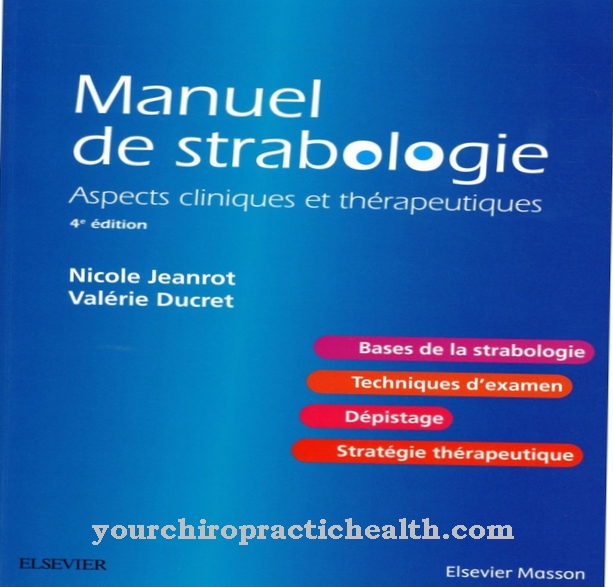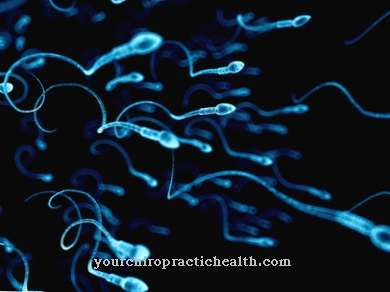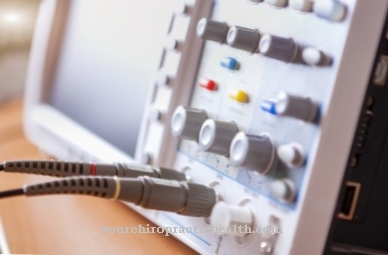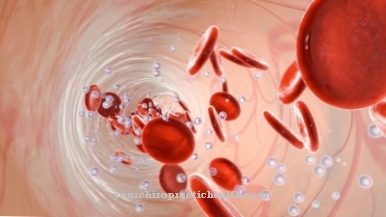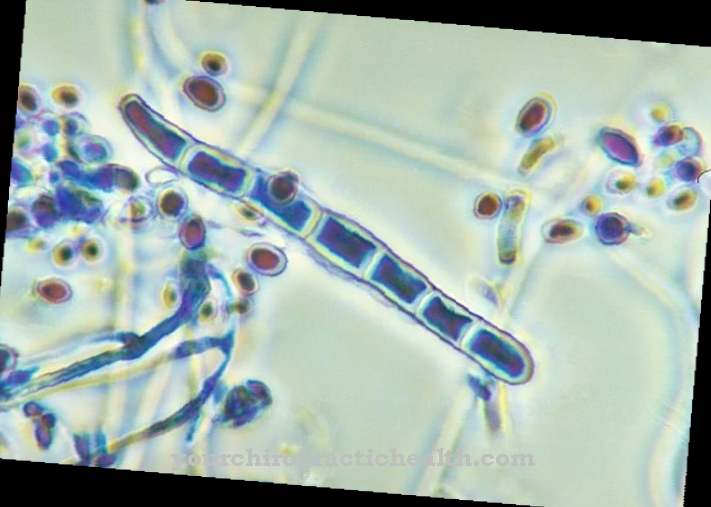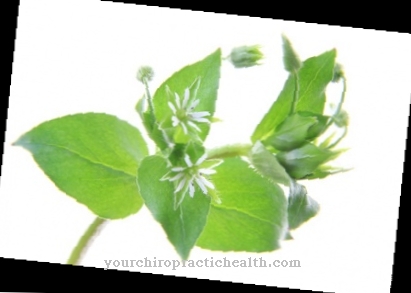Between the shoulder blade, shoulder joint capsule and large humerus cusp extends the Infraspinatus muscle. It belongs to the striated (skeletal) musculature and is important for external rotation, abduction and adduction of the arm. As part of the rotator cuff, it can be damaged if the cuff ruptures.
What is the infraspinatus muscle?
A person normally has 656 different muscles that control voluntary movements, reflexes and other motor activities. The muscles that are responsible for voluntary movement are called skeletal muscles or striated muscles.
Its name goes back to the stripe pattern of the muscle fibers that shows up under the microscope and is created by interleaved filaments. These filaments are thread-like structures made of myosin and actin / tropomyosin. The latter are attached to the Z-disks, which mark the transverse sections (sarcomeres) within a myofibril. Many myofibrils are grouped into a muscle fiber and surrounded by a layer of connective tissue.
Several muscle fibers in turn form a muscle fiber bundle, from which the muscle is composed as a whole. One of the skeletal muscles is the infraspinatus muscle. In humans, it is on the back and lies in the lateral shoulder area, where it participates in external rotation, abduction and adduction of the arm.
Anatomy & structure
The origin of the infraspinatus muscle is on the shoulder blade. There the organ is attached to the infraspinate fossa, which is a pit in the shoulder blade.
The infraspinatus muscle extends from there over the lateral shoulder area to the upper arm, where it attaches to the greater tuberosity. The greater tuberosity is the large humerus that is located at the end of the humerus near the shoulder. He points backwards and sideways; the lesser tuberosity or the small humerus is at right angles to the greater tuberosity. The infraspinatus muscle belongs to the rotator cuff, which includes the teres minor muscle, the subscapularis muscle and the supraspinatus muscle.
The suprascapularis nerve is responsible for the nervous supply of the infraspinatus muscle. Other fibers of the nerve pathway also innervate the supraspinatus muscle, which is another shoulder muscle and is also responsible for the external rotation and abduction of the arm. The suprascapular nerve also has sensitive fibers that transmit sensations from the shoulder joint capsule to the nervous system.
Function & tasks
The infraspinatus muscle effectively causes the arm to rotate externally. It also participates in movements of the arm towards the limb axis (adduction) and away from the body (abduction). The suprascapular nerve tells it whether the muscle should contract or relax. Electrical impulses move via the axons of the nerve cells, which arise as extensions from the cell body (soma).
A myelin sheath surrounds the axons and electrically isolates them from the surrounding tissue. This connection between the axon and the myelin sheath is what biology calls nerve fibers. A nerve carries a multitude of such fibers; the processes of the suprascapularis nerve end at the infraspinatus muscle, where they form a motor end plate. At this station, the electrical action potential is briefly converted into a biochemical signal: The electrical stimulation causes bubbles (vesicles) to release the messenger substances in the motor end plate.
These neurotransmitters cross the short distance to the muscle fiber, where they encounter receptors in the membrane. A specific neurotransmitter - in this case acetylcholine - fits its associated receptor like a key in a lock and thereby opens ion channels in the membrane of the muscle. The ions flowing in trigger the endplate potential in the muscle; the information now spreads again in electrical form using the sarcolemma and T-tubules - microscopic structures in the muscle cell.
Its path continues in the sarcoplasmic reticulum, so that the signal is distributed in the muscle fiber. Calcium ions that are stored in the sarcoplasmic reticulum then leave the membrane system. They bind the fine fibrils within the muscle fiber and ensure that these slide into each other, which shortens the muscle and sets the arm's intended movement in motion.
You can find your medication here
➔ Medicines for painDiseases
As part of the rotator cuff, the infraspinatus muscle plays a role in damage that affects this overall structure. For example, a common rotator cuff injury is a rupture.
It is characterized by the rupture of tendons and / or muscles and occurs particularly often after a fall on the arm. In addition, the shoulder joint can dislocate; the rupture means that the rotator cuff can no longer adequately support the joint, which makes it easier to dislocate the joint. The dislocation can occur at the same time as the injury. In addition to the acute rupture, a degenerative rupture of the rotator cuff is possible: It occurs when the joint increasingly closes with age, whereby degenerative joint diseases can intensify or accelerate this process.
Depending on the type of injury and individual conditions, there are several ways to treat a rotator cuff tear. In the context of conservative therapy, medication on the one hand and physiotherapy measures on the other hand can be used. Surgical interventions, on the other hand, aim to surgically repair the damage to the rotator cuff. Which measures are necessary and possible in individual cases depends on numerous influencing factors.
As with all medical interventions, the decision is therefore made by the attending physician. In addition to direct injuries to the infraspinatus muscle, damage to the suprascapularis nerve can also lead to functional impairment of the muscle, as it is responsible for controlling the infraspinatus muscle.

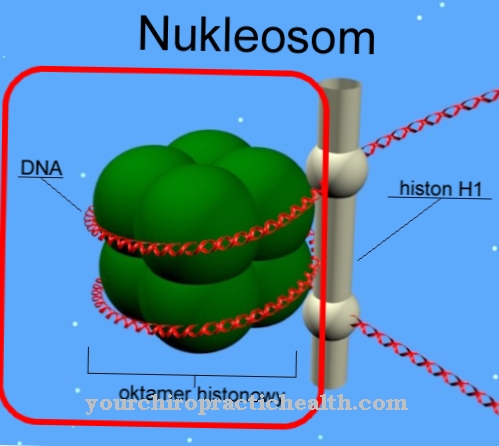
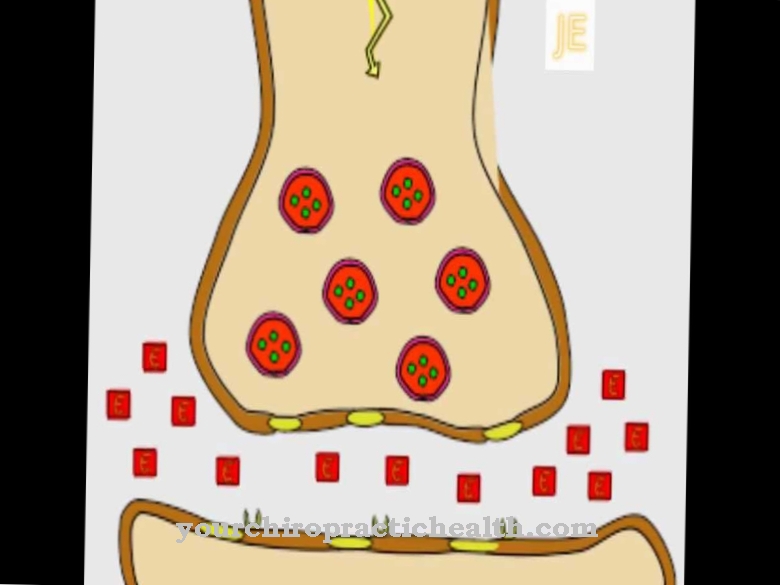
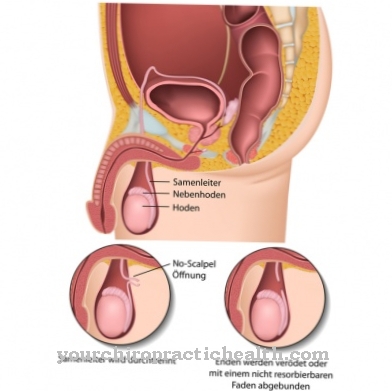
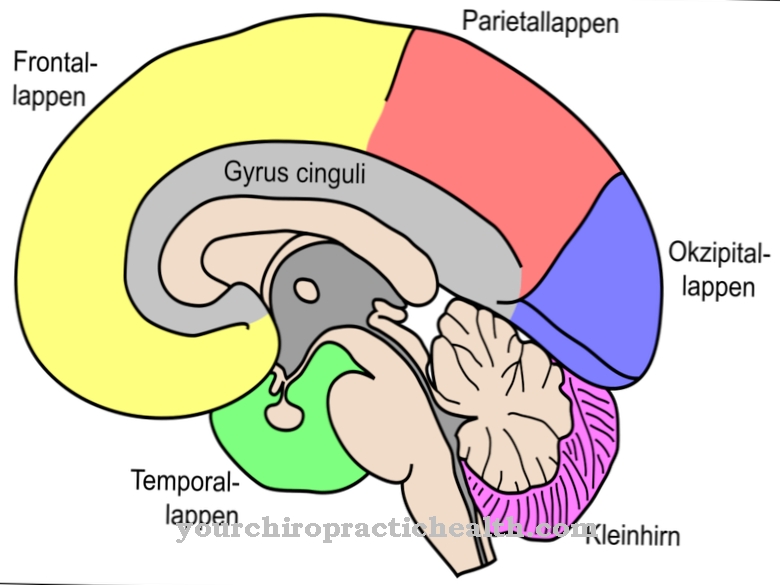
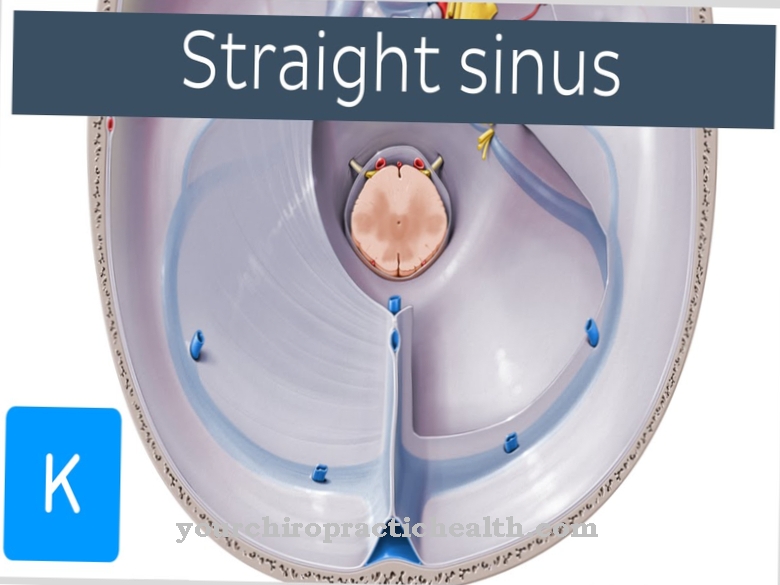
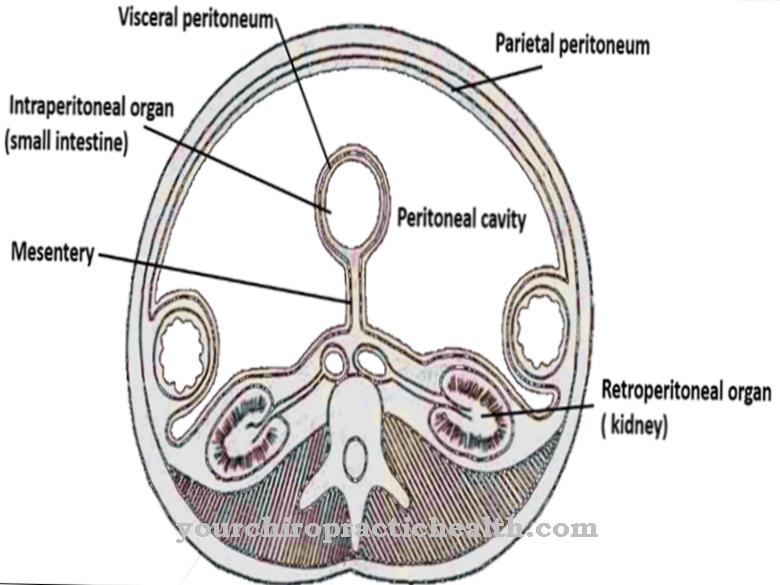



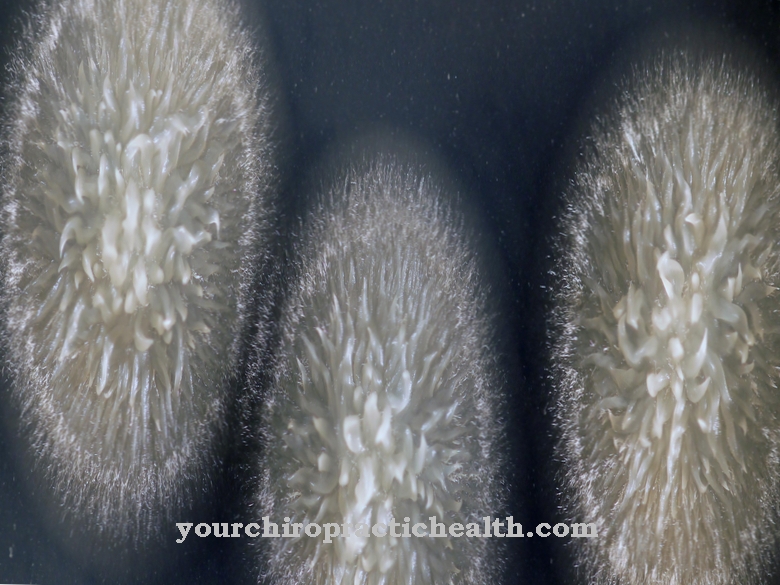
.jpg)

